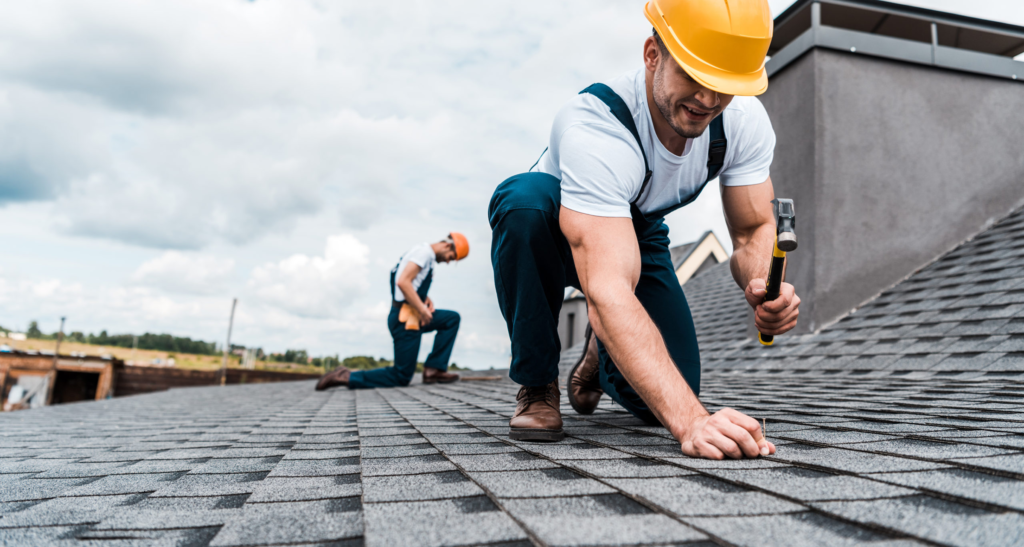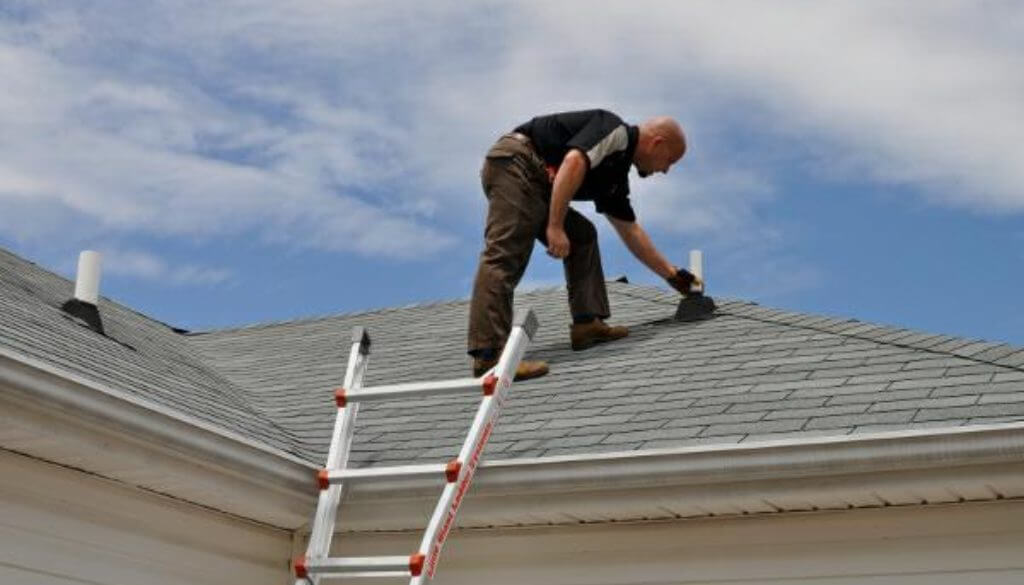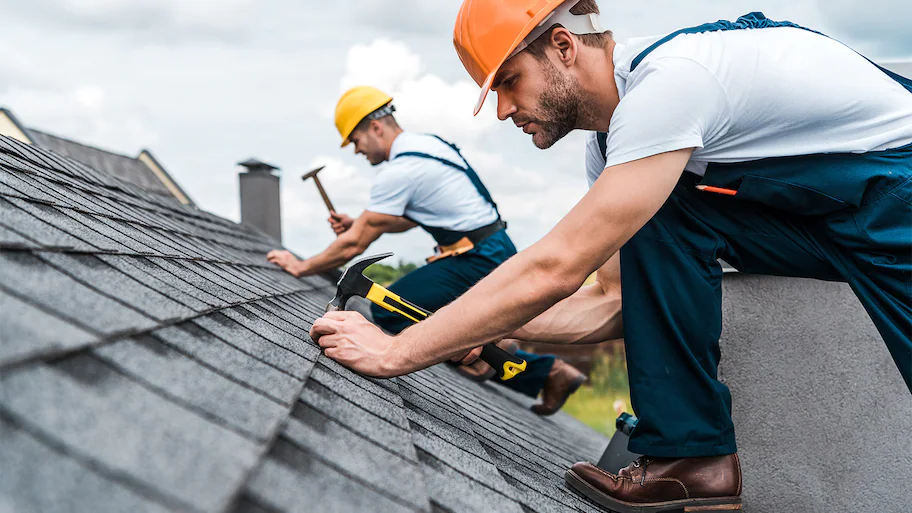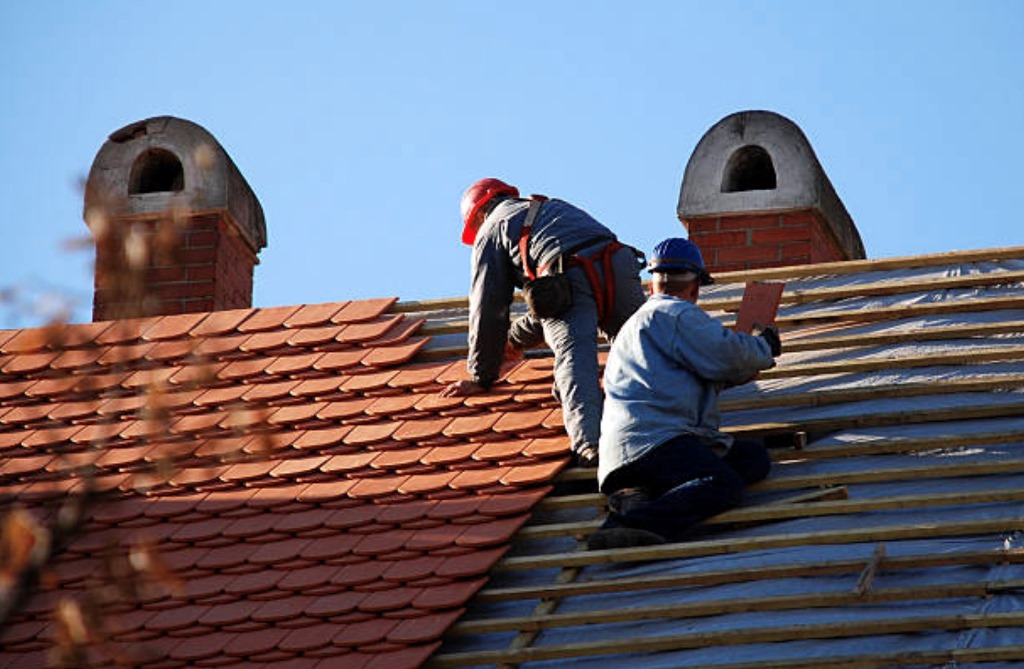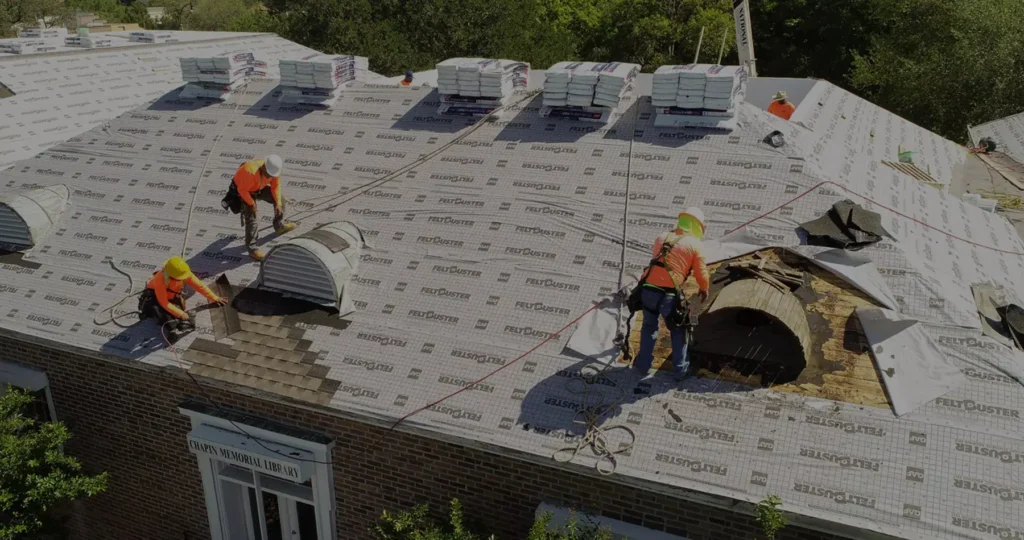When it comes to your Roofing Contractor Santa Ana CA is crucial for ensuring quality workmanship and long-lasting results. But with so many roofing companies and technicians vying for your business, how can you determine the experience level of a roofing technician?

In this comprehensive guide, we’ll explore various strategies and techniques that homeowners can use to assess the experience level of a roofing technician effectively, empowering you to make informed decisions and choose the right professional for your roofing needs.
1. Ask About Their Years in the Industry
One of the simplest ways to gauge the experience level of a roofing technician is to inquire about their years of experience in the industry. Ask the technician how long they have been working in the roofing field and whether they have any specialized training or certifications. While years of experience alone may not guarantee expertise, it can provide valuable insight into the technician’s level of familiarity with different roofing systems, materials, and installation techniques.
2. Request References and Portfolio of Past Work
A reputable roofing technician should be able to provide references from past clients and a portfolio showcasing their previous work. Requesting references allows you to speak directly with homeowners who have worked with the technician in the past and hear about their experiences firsthand. Additionally, reviewing a portfolio of past projects gives you a visual representation of the technician’s craftsmanship, attention to detail, and the quality of their work.
3. Inquire About Specialized Training and Certifications
Many roofing technicians undergo specialized training and earn certifications to enhance their skills and knowledge in specific areas of roofing. Inquire about any specialized training or certifications that the technician may have, such as GAF Master Elite®, CertainTeed SELECT ShingleMaster™, or NRCA ProCertification®. These certifications indicate that the technician has undergone rigorous training and testing to demonstrate proficiency in installing and maintaining roofing systems from leading manufacturers.
4. Assess Their Knowledge and Communication Skills
During your initial consultation with the roofing technician, pay attention to their level of knowledge and communication skills. A knowledgeable technician should be able to answer your questions confidently, explain the roofing process in detail, and offer insights and recommendations based on their experience. Effective communication is essential for ensuring that you and the technician are on the same page regarding your roofing project and expectations.
5. Evaluate Their Reputation and Track Record
Researching the reputation and track record of a roofing technician can provide valuable insights into their experience level and reliability. Look for online reviews, testimonials, and ratings from past clients to gauge their satisfaction with the technician’s workmanship and professionalism. Additionally, check with local business bureaus and licensing boards to verify the technician’s credentials and ensure that they are in good standing.
6. Consider Their Affiliation with Established Roofing Companies
Roofing technicians who are affiliated with established roofing companies often benefit from access to resources, training programs, and industry expertise that can enhance their skills and knowledge. Consider whether the technician is employed by a reputable roofing company with a proven track record of excellence and customer satisfaction. Technicians who work for reputable companies are typically held to high standards of professionalism and quality, which can reflect positively on their experience level.
7. Assess Their Problem-Solving Skills and Adaptability
Roofing projects can present unexpected challenges and complexities that require problem-solving skills and adaptability on the part of the technician. During your consultation, discuss any potential challenges or concerns related to your roofing project and assess how the technician responds. A skilled and experienced technician should demonstrate the ability to troubleshoot problems effectively, propose creative solutions, and adapt to changing circumstances to ensure the successful completion of the project.
Conclusion:
Assessing the experience level of a roofing technician is essential for ensuring that your roofing project is completed with professionalism, quality workmanship, and attention to detail. By employing the strategies outlined in this guide, homeowners can effectively evaluate the experience level of a roofing technician and make informed decisions when selecting a professional for their roofing needs. Whether you’re in need of roof repairs, maintenance, or installation, choosing a skilled and experienced technician is key to protecting your home and investment for years to come.
Best Roofing Solution – Santa Ana
2429 W Elder Ave, Santa Ana, CA 92704, United States
1-714-451-4926

